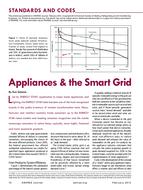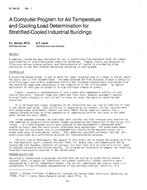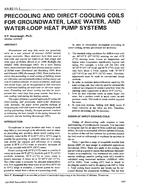Click here to purchase
Many urban centers have witnessed dramatic growth in the construction of high-rise residential buildings in recent decades andmany of these buildings feature a high window-to-wall (WWR) ratio for aesthetic reasons and visual comfort. However, manypublished surveys have identified windows as the leading source of thermal discomfort. Based on a review of the literature, windowsystems have been found to contribute to thermal discomfort through the four following pathways: i) indoor air temperature ii)direct solar radiation, iii) infrared radiation, and iv) downdraft. Conventional approaches for thermal comfort assessment onlyconsider indoor air temperature and infrared radiation, thus making them insufficient in p roviding a comprehensive thermalcomfort assessment for high WWR spaces. To bridge this gap, this study presents a novel simulation strategy that uses EnergyPlusfor thermal environment modelling and Fanger’s PMV model as the baseline approach to study the spatiotemporal thermal comfortperformance of a thermal zone. The simulation strategy in question then implements adjustments on inputs and outputs of Fanger’smodel to incorporate direct solar and draft effects on thermal comfort. The results demonstrate that Fanger’s model, without theseadjustments, underpredicts warm discomfort during times with solar irradiation and cold discomfort during the nighttime. It wasalso found that counteractions between two opposing comfort conditions (e.g. high air temperature and window draft during thesummer nighttime) may occur, leading to reductions in predicted thermal comfort. It is therefore recommended that the adjustmentapproaches presented in the paper and the comfort calculations be incorporated into thermal comfort standards.
Citation: 2020 Winter Conference, Orlando, FL Conference Papers
Product Details
- Published:
- 2020
- Number of Pages:
- 11
- Units of Measure:
- Dual
- File Size:
- 1 file , 1.3 MB
- Product Code(s):
- D-OR-20-C034


